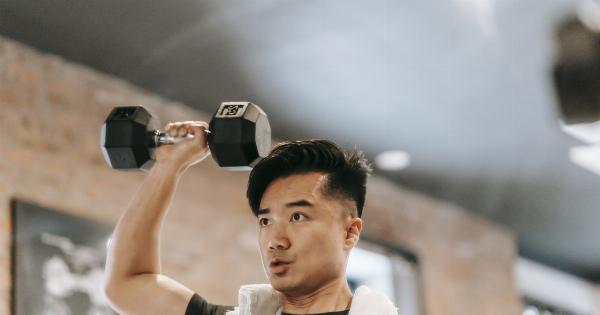Shoulder dislocation is a common injury in sports that can lead to significant pain, instability, and limited range of motion. It occurs when the upper arm bone (humerus) pops out of the shoulder socket (glenoid fossa).
This article will discuss the prevention and treatment strategies for shoulder dislocation in sports.
Anatomy of the Shoulder Joint
Understanding the anatomy of the shoulder joint is essential to comprehend the mechanisms of shoulder dislocation. The shoulder joint is a ball-and-socket joint, formed by the humerus and the glenoid fossa of the scapula.
It allows a wide range of motion but is susceptible to instability due to its shallow socket.
Causes of Shoulder Dislocation
Shoulder dislocations most commonly occur due to traumatic events, including falls, direct blows, or excessive forces applied to the shoulder joint.
Athletes participating in contact sports, such as football or rugby, or sports with overhead activities, like tennis or swimming, are at higher risk of shoulder dislocations.
Risk Factors
Several factors increase the risk of shoulder dislocation in sports:.
- Prior history of shoulder dislocations
- Loose ligaments and joint capsules
- Weakness in the muscles supporting the shoulder joint
- Improper technique or biomechanics during sports activities
Prevention Strategies
Preventing shoulder dislocation involves a combination of proper training, strengthening exercises, and protective measures:.
1. Strengthening Exercises
Regular strengthening exercises focusing on the muscles surrounding the shoulder joint can improve stability and prevent dislocations.
Emphasize exercises that target the rotator cuff muscles, such as external rotations, internal rotations, and scapular stabilizers. Consult with a physical therapist or sports medicine specialist for a personalized exercise program.
2. Proper Technique
Ensure that athletes are taught and consistently practice correct techniques for their respective sports. Coaches should prioritize proper body mechanics, especially during overhead activities, throwing motions, or contact sports.
This can help minimize excessive stress on the shoulder joint and reduce the risk of dislocations.
3. Protective Gear
Using appropriate protective gear, such as shoulder braces or supports, can provide additional stability to the shoulder joint.
Athletes participating in high-risk sports should consider wearing protective equipment designed specifically for shoulder injury prevention.
4. Balance and Proprioception Training
Include balance and proprioceptive training exercises in the training program.
This type of training enhances the body’s awareness of joint position and improves muscular coordination, which can help athletes maintain proper shoulder alignment during sports activities and reduce the risk of dislocations.
Treatment Options
When a shoulder dislocation occurs, immediate medical attention is essential. Treatment options for shoulder dislocation include:.
1. Closed Reduction
During closed reduction, a medical professional manipulates the shoulder joint to guide the humerus back into the socket. This procedure is typically performed under anesthesia to alleviate pain and relax the muscles surrounding the joint.
2. Rehabilitation
After the shoulder joint is successfully reduced, a comprehensive rehabilitation program is crucial for recovery. It involves exercises to restore strength, flexibility, and range of motion.
Physical therapy sessions can help athletes regain shoulder stability and prevent recurrent dislocations.
3. Surgery
In cases of frequent or recurrent shoulder dislocations, surgical intervention may be necessary.
The surgical procedure aims to repair any damaged ligaments, tendons, or bones, and stabilize the shoulder joint to minimize the risk of future dislocations.
Conclusion
Shoulder dislocation is a significant concern for athletes participating in sports.
Implementing prevention strategies, including strengthening exercises, proper technique, protective gear, and balance training, can help reduce the risk of shoulder dislocations. However, if a dislocation does occur, prompt medical attention and appropriate treatment are crucial for a successful recovery and to prevent future recurrences.





























